We analyze humans, things, and surrounding environments from vast amounts of information obtained from a large number of sensors, devices, and terminals using advanced information processing technology. Additionally, we research and develop information technologies useful for humans, such as life support technologies connected to information systems.
Information Systems Division
- Through initiatives in R & D, we aim to develop highly useful products to society. We use technology in computer science to develop systems such as sensors to obtain human behavior information, software engineering, and computer networks technologies to aggregate information. In particular, we select particularly nursing care and preventive care fields as application fields. Additionally, to efficiently manage and process large amounts of data from many sensors, we also conduct applied research on hardware specialized in parallel computing.
Human Informatics Division
- We use sensors to acquire personal information, aiming for engineering applications on personal information through advanced data analysis such as machine learning. For example, brain-machine interfaces (BMI) enable computers to decipher information from the brain, followed by analysis, and then applied to the market field. Research on nursing sciences and engineering enables us to measure and analyze new biometric information such as electrocardiograms and gastric maps.
- We also conduct joint research in the field of human informatics with laboratories of other universities and perform a wide range of studies on several personal information topics.
- Consider, for instance, the traveling salesman problem (probably, no algorithm can solve it strictly in a reasonable time), with approximately 100 vertices. We research the optimization problem using natural calculation methods, such as finding an algorithm that can almost certainly obtain the optimal solution quickly.
- In recent years, with the development of electronic devices, biometric information can be easily measured. With the aging of society around the world, expectations for such technologies are increasing. In our research, we aim to extract mathematical mechanisms that pass through the biological system by analyzing biological signals and apply them to various fields.
Advanced Software Division
- Extracting mathematical structures inherent within systems, we study new optimization techniques for systems by identifying underlying elements through the interaction with the real-world.
- We study formal methods to model software and hardware systems, to describe mathematically rigorous specifications, and to verify their properties with computer support.
- By using mathematical optimization and formal methods, we study a way to design safe and efficient systems connected to the real-world such as man-machine systems, cyber-physical systems, IoT systems, and so on.

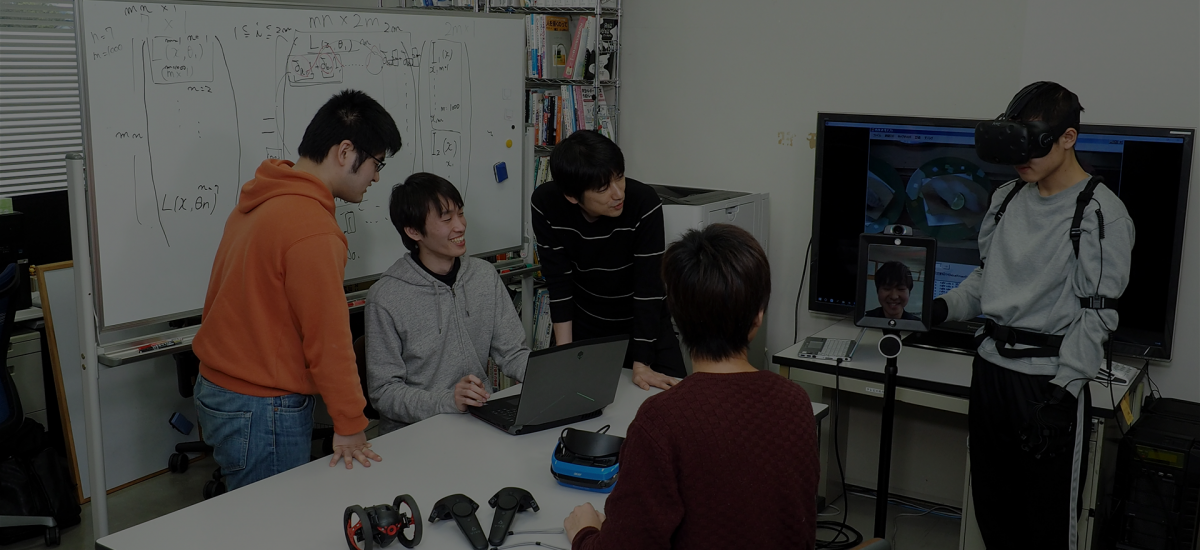
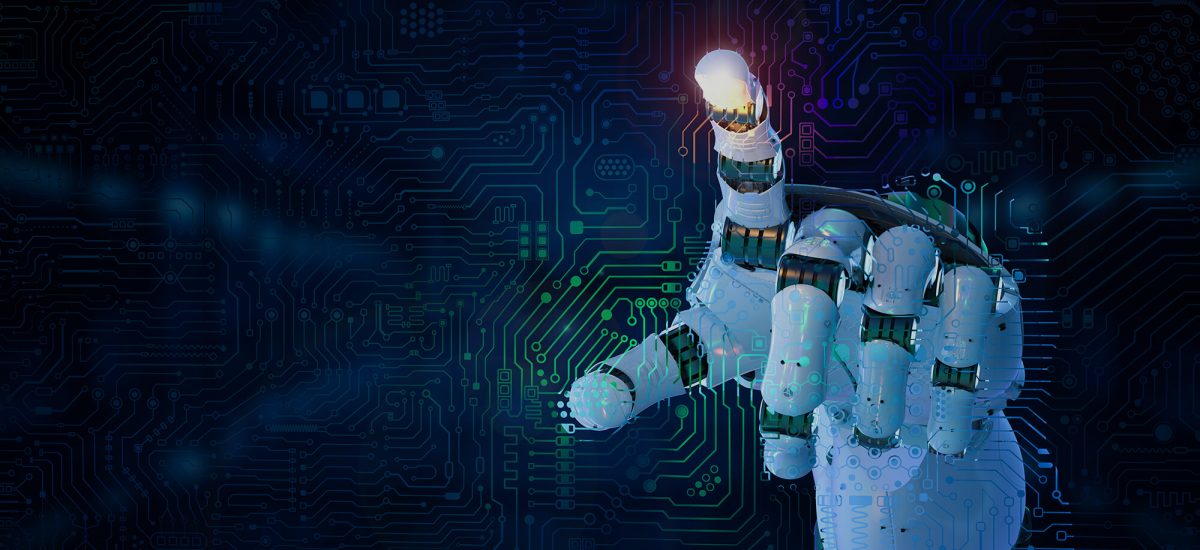
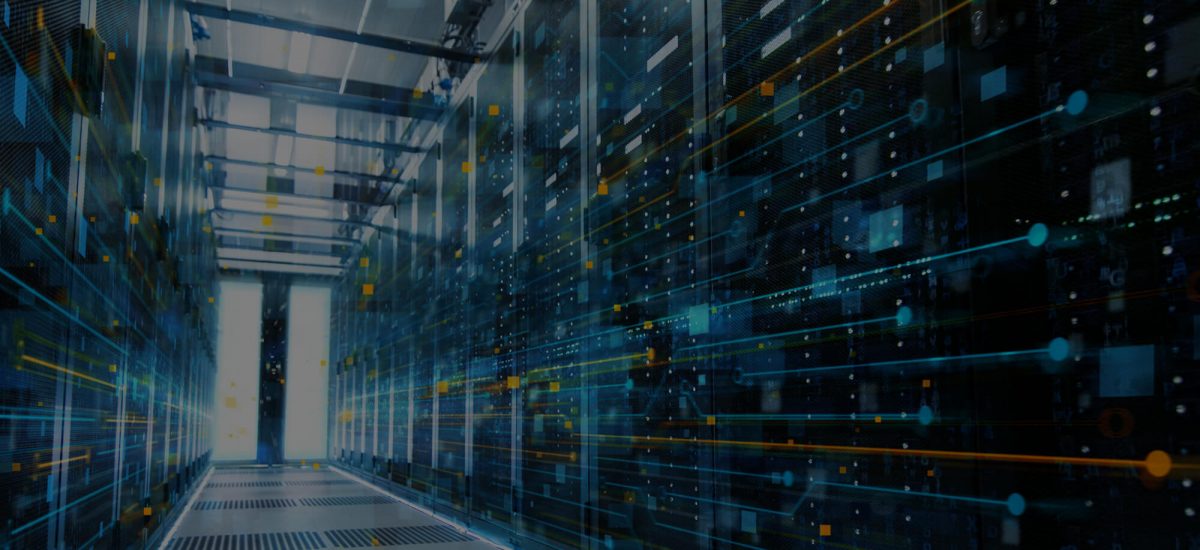
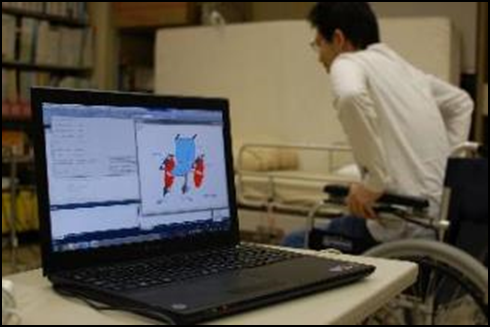 Hazardous behavior detection system in a wheelchair
Hazardous behavior detection system in a wheelchair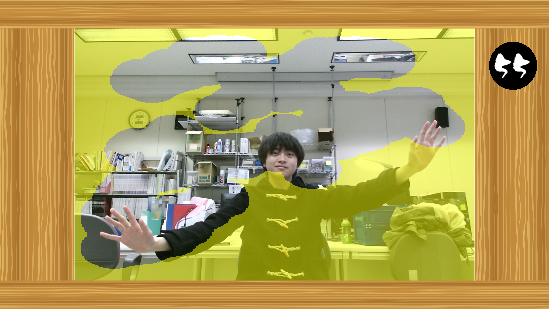 Game-based upper limb AROM measurement system for older adults
Game-based upper limb AROM measurement system for older adults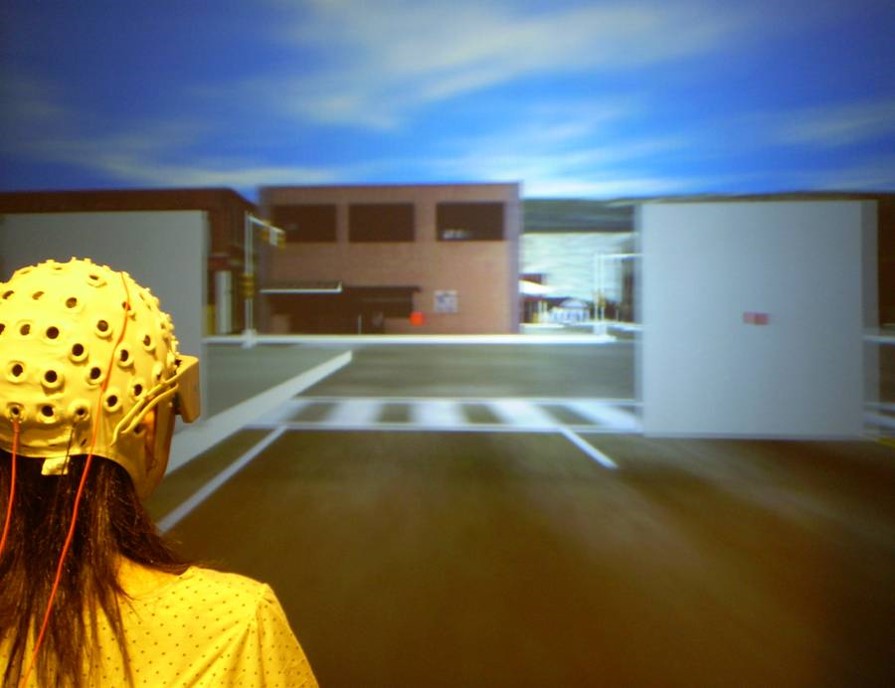 Operation of the brain wave interface using virtual reality technology
Operation of the brain wave interface using virtual reality technology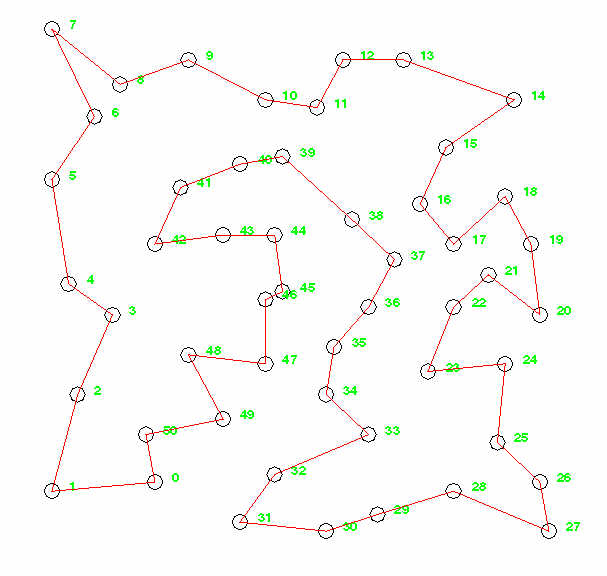 Result of solving the 51-vertex traveling salesman problem
Result of solving the 51-vertex traveling salesman problem Study on the quantitative evaluation of visually induced motion sickness
Study on the quantitative evaluation of visually induced motion sickness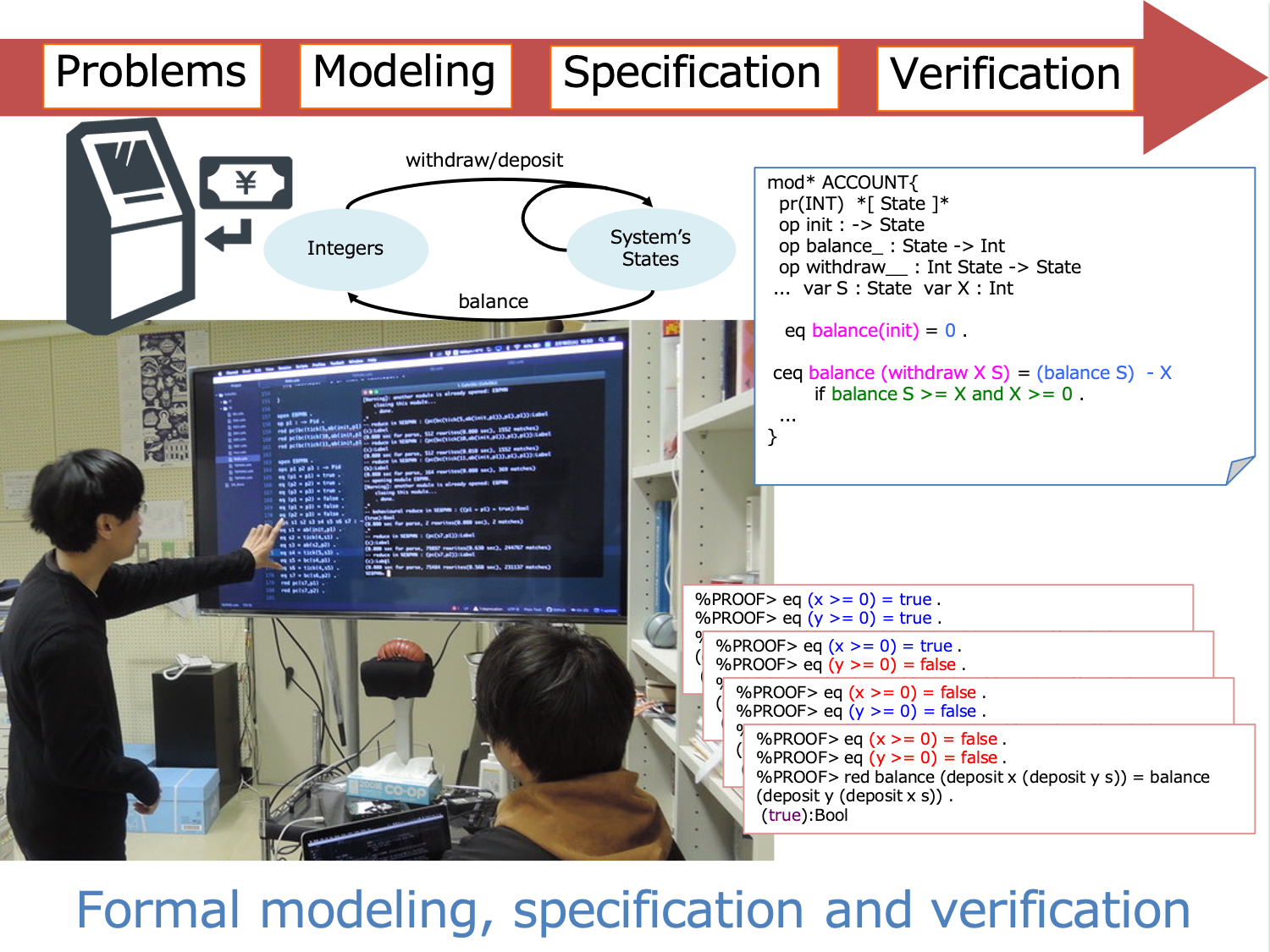 Formal modeling, specification and verification
Formal modeling, specification and verification Total optimization of urban traffic systems
Total optimization of urban traffic systems